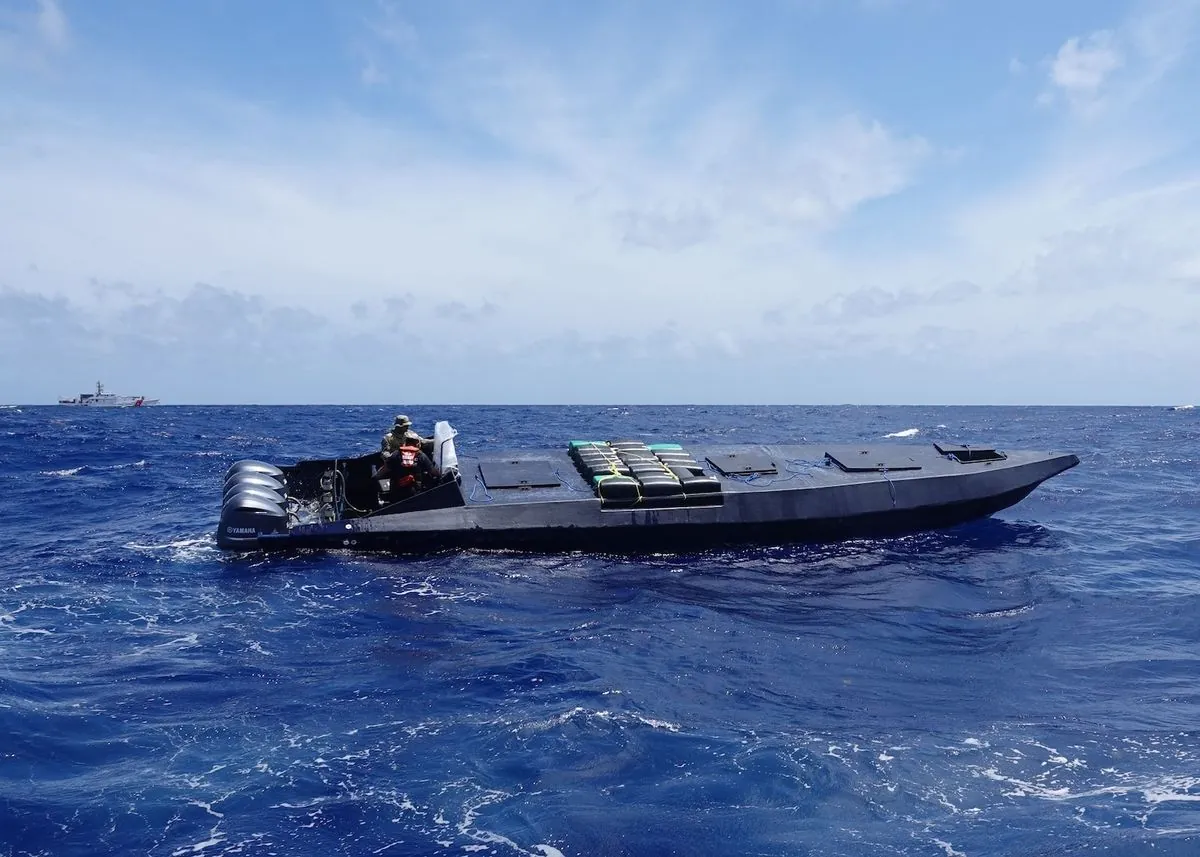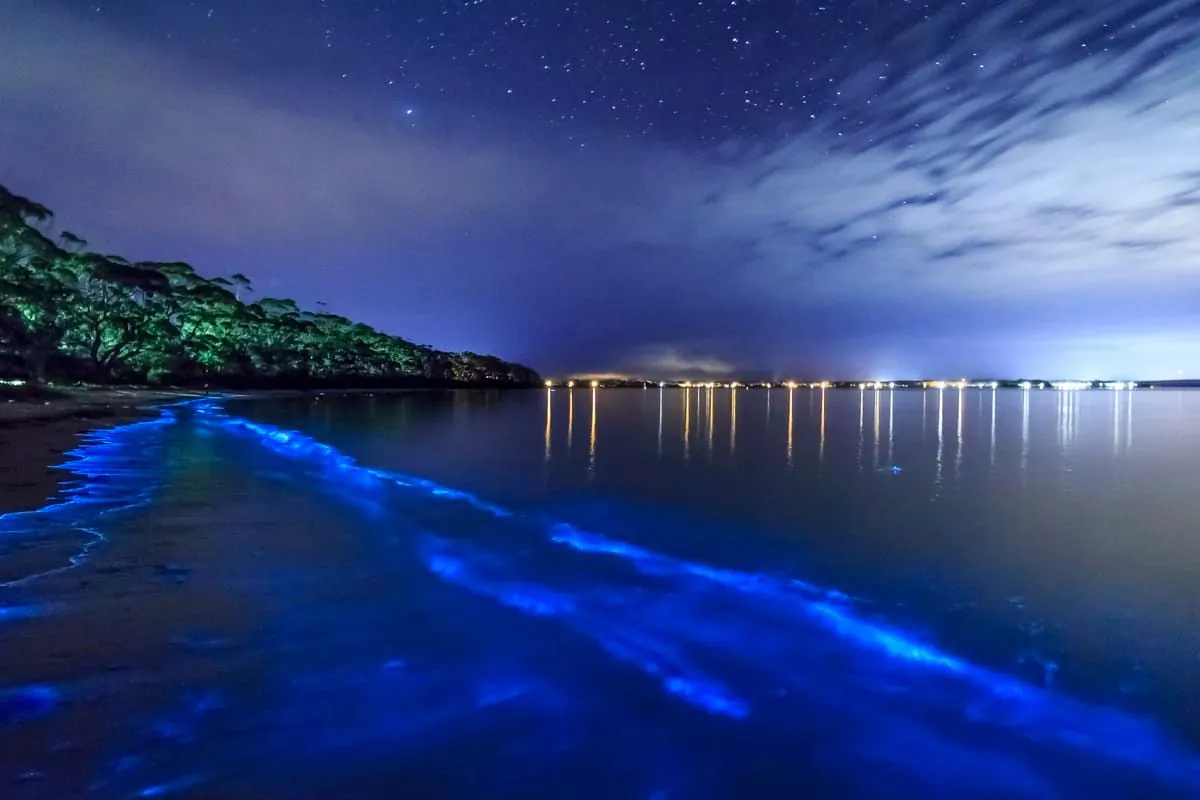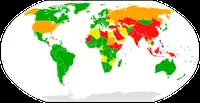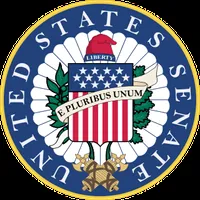Major Cocaine Bust: $33M Worth Seized on Puerto Rican Island
Federal agents intercepted a significant cocaine shipment on Vieques, Puerto Rico. The operation, part of ongoing efforts to combat drug trafficking in the Caribbean, highlights the region's persistent smuggling challenges.

In a significant anti-drug operation, federal agents confiscated cocaine valued at $33 million on the island of Vieques, Puerto Rico, on August 28, 2024. The operation, conducted in the early hours of the morning, resulted in the seizure of over 3,600 pounds (1,670 kilograms) of the illicit substance from a boat attempting to smuggle it into the small island.
U.S. Customs and Border Protection officials reported that unidentified individuals beached the vessel before fleeing the area, abandoning their cargo. This incident underscores the ongoing challenges faced by law enforcement in combating drug trafficking in the Caribbean region.
Vieques, an island municipality of Puerto Rico, is situated approximately 8 miles east of the main island. With a population of about 8,000 residents, it is primarily known for its tourism and fishing industries. The island, measuring 21 miles long and 4 miles wide, is home to several beaches that are part of the Vieques National Wildlife Refuge.

This recent seizure is part of a series of successful operations targeting drug smuggling in the area. Just three days prior, on August 25, 2024, authorities intercepted another shipment near the western coastal town of Rincon. In that operation, more than 580 pounds (260 kilograms) of cocaine, valued at over $5 million, were confiscated, resulting in the arrest of two U.S. citizens.
Puerto Rico's strategic location in the Caribbean, between North and South America, has long made it a transit point for narcotics destined for the U.S. mainland and Europe. The island, an unincorporated U.S. territory since 1898, is part of the High Intensity Drug Trafficking Area (HIDTA) program, which aims to reduce drug trafficking and production in critical regions.
Law enforcement agencies, including the U.S. Coast Guard and the Caribbean Border Interagency Group (CBIG), continue to work diligently to combat the flow of illegal drugs through the region. These efforts are particularly crucial given the recent increases in cocaine production in South America and the estimate that approximately 90% of cocaine entering the United States comes through Mexico.
Drug trafficking organizations often employ "go-fast" boats for transporting narcotics, presenting a constant challenge for maritime law enforcement. The ongoing seizures demonstrate the persistent nature of this issue and the need for continued vigilance and cooperation among various agencies.
As authorities maintain their efforts to curb drug smuggling, the impact on local communities and the broader implications for regional security remain significant concerns. The recent successes in intercepting large shipments of cocaine serve as a reminder of the ongoing battle against drug trafficking in the Caribbean and the importance of sustained law enforcement efforts in the region.


































